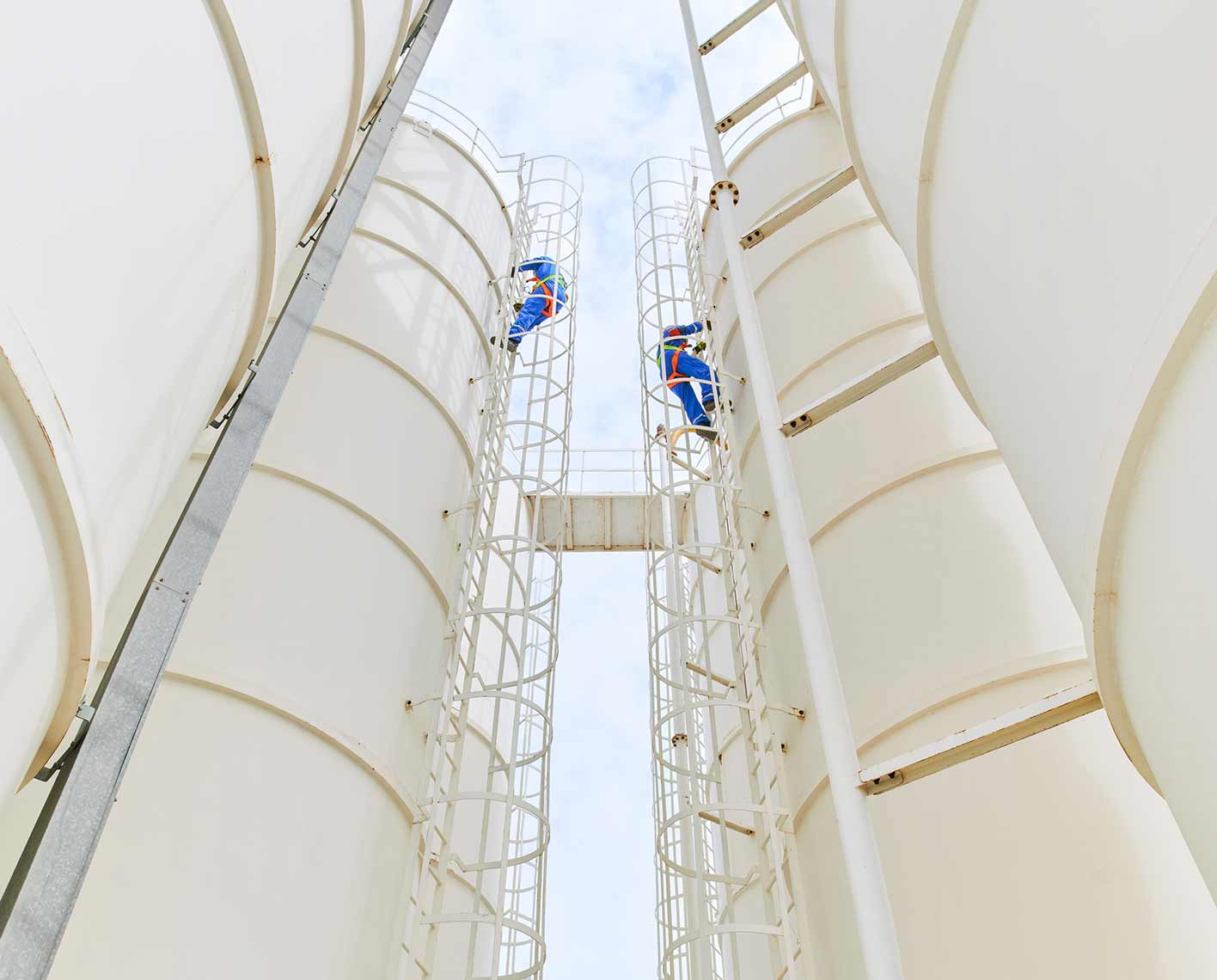Accelerating Technology Development for Large-Scale Industrial Carbon Abatement
Published: 02/14/2024

Accelerating Technology Development for Large-Scale Industrial Carbon Abatement
Published: 02/14/2024

Carbon capture and storage (CCS) represents one of the world’s key carbon dioxide abatement techniques to address global warming.
The question is, are we moving fast enough?
The reality today is only about 49 million tons of CO2 are captured and stored around the world per year. For CCS to have the expected impact on supporting global net-zero ambitions, it will need to scale up 100–200 times in less than three decades.
What’s the hold-up?
Today, many CCS projects struggle to get past the final investment decision (FID) stage. While the reasons for this vary, the decision to invest in a CCS project often comes down to the project economics.
“A lot of CCS projects don’t make it past FID, because of the perceived project risks, access to financing and project returns being below hurdle rates,” said Frederik Majkut, SLB’s SVP of Carbon Solutions.
Hurdle rates are the minimum rate of return a project or investment must achieve to be approved by an investor. Majkut explains one of the things that eats into the returns of CCS projects is the cost of capture, which today represents about 50–70 percent of the total spend on most projects.
Majkut says one of the most effective ways to bring these costs down is through technology innovation, but he warns one of the challenges for new capture technologies is the time it takes to de-risk and scale them.
“Given the seriousness and the urgency of the climate crisis, we must find ways to accelerate the process of proving technologies with large-scale impact potential so we can bring them to market faster and shift the economics of CCS projects in the right direction.”
What we’re doing
At SLB, we have decades of experience industrializing and scaling complex technologies across the globe for the energy industry. Today, we are applying this same expertise to two technology collaborations for carbon capture.
In 2022, we began working with RTI International, a non-profit research institute, to accelerate the industrialization and scale-up of its proprietary non-aqueous solvent (NAS) technology, which will be used for capturing CO2 across a broad variety of industrial emissions. What makes this technology unique is that it not only eliminates the need for costly high-grade corrosion resistant alloys, but it also has the potential to materially reduce energy requirements by up to 30 percent—reducing both capex and opex from CCS projects.
SLB also has a partnership with TDA Research Inc., a leading research firm, to co-develop and scale up their emerging sorbent technologies for reducing carbon capture costs across the power, cement, steel and petrochemical sectors.
Proving the technology at scale
In Majkut’s view, the de-risking of innovative capture technologies depends on close collaboration with end-users, beginning with pilot projects.
SLB is involved in two recently announced collaborations for end-user pilot projects using RTI’s and TDA’s technologies. Both projects are eligible for US Department of Energy (DOE) funding from the Office of Clean Energy Demonstrations (OCED).
Majkut says SLB’s work on these projects will initially focus on front end engineering design (FEED). “The FEED stage is crucial to define the cost of deploying the technology at commercial scale and to assess the viable techno-economics conditions of a project.”
One of the pilot projects will test TDA’s sorbent-based, post-combustion carbon capture system at the Wyoming Integrated Test Center (ITC), located next to Basin Electric Power Cooperative’s Dry Fork Power Station near Gillette. The project targets capturing 158,000 metric tons of CO2 each year, an amount equivalent to the annual CO2 emissions of 35,000 gasoline-powered cars. The project will have the potential to secure an award of up to $49 million from the DOE for the pilot.
The other project is a partnership between International Paper, RTI International, SLB and Amazon for a carbon capture pilot project using RTI’s NAS technology at International Paper’s Vicksburg Containerboard Mill. The project targets capturing 120,000 metric tons of CO2 annually, an amount equivalent to roughly 27,000 gasoline-powered vehicles. It is eligible for up to $88 million in total federal funding over the course of the project.
“Good technology concepts have to be proven at scale, but it’s very challenging to make this happen without access to capital,” said Majkut. “Private-public collaborations such as these allow us to demonstrate the scalability of innovative technologies and fundamentally de-risk larger-scale projects. This has a significant impact on our ability to scale cost-reducing carbon capture solutions faster and expedite the shift toward net zero.”
